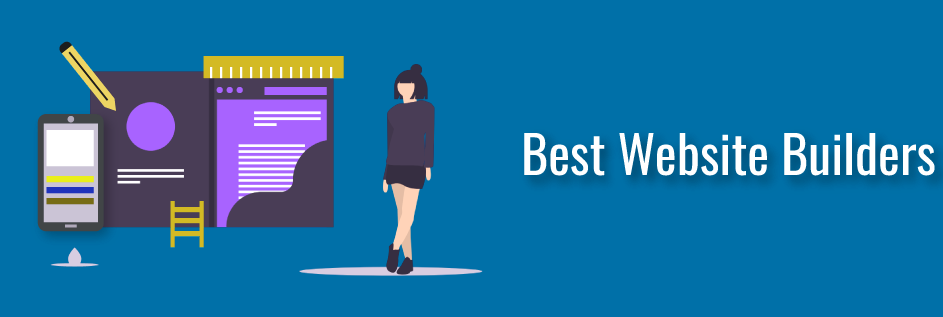
Selecting a Web Site Builder
As the internet has become an increasingly important tool for individuals and businesses to present themselves to the world, web design has taken center stage. Even the Webby Awards, considered the cream of the crop for electronic and online media, have taken notice: they now have a “best design” award as part of their ceremonies each year.
However, not everyone is skilled enough to create a custom webpage from scratch, turning it into the internet’s leading example of good design and standards compliance. Instead, those people choose to use website builder software to create a good-looking website that requires very little design knowledge or skill. But how do you choose the best software for the job?
Platform Compatibility
First and foremost, it’s important to make sure that your choice of website design software will work with your computer choice. Windows and Mac users cannot generally use the same software titles unless it has been fully developed for both operating systems, so be sure you’re purchasing something that works with the computer you’re using. Otherwise, you will have wasted your money.
Check with Your Web Host
Increasingly, web hosts are offering website builder software to their users free of charge — and you don’t even need the highest-end rate plan to qualify for a free copy of their website builder software. Instead, hosting plans that charge as little as $9 per month routinely offer open-source design software that will create a website in just a few minutes.
It’s their way of helping you to get firmly planted online — as well as ensuring that you’ll keep coming back for more hosting features over time as your website grows and evolves along with your skillset.
Pay Attention to Standards Compliance
This might be the most important part of choosing a website builder software package. It absolutely must conform to the web standards as laid out by the World Wide Web Consortium (W3C). These web standards and a website’s adherence to them ensure that a website’s design will look the same in Firefox as it does in Safari and Internet Explorer. They ensure that every element on the page work as it is designed to and that browsers won’t crash or glitch when a user scrolls the page or mouses over an element.
These standards apply not only to HTML and XHTML but also to the Cascading Style Sheets, or CSS, which determines the design’s appearance. CSS controls things like color, transparency, background patterns, font size and type, and other appearance-related aspects. These documents, too, are governed by standards. Web site builder applications need to produce standards-compliant files for both areas of a website.
Make Sure it’s WYSIWYG
In the design industry, WYSIWYG is short for “what you see is what you get.” Any website builder software should be fully visual, allowing you to see every element as you place it on the page. Its appearance should be the same whether you’re designing the website or previewing it in an appropriate web browser.
This is generally the main selling point of website builder software. Still, some companies have a loose interpretation of the term “WYSIWYG” and will only show rough estimations of design elements rather than their fully-realized appearance and scope.
Make Sure it Connects
Any website builder software should be able to connect directly to your hosting company’s FTP server and upload pages immediately. You will have to provide the address of that FTP server, your username, and your password. This makes it easy for the website builder to fully manage all of your files — HTML and CSS documents and any associated images you have created for your website’s design.
Multi-Browser Preview
Finally, be sure that your choice of website browser software can show you what your design looks like in multiple web browsers. This is important, as browsers like Internet Explorer and Firefox render pages different and work with different “display rules” that might cause some design quirks and flaws. A website builder software worth its price tag will be able to show you multiple previews and help you fix any problems before they affect your users.
